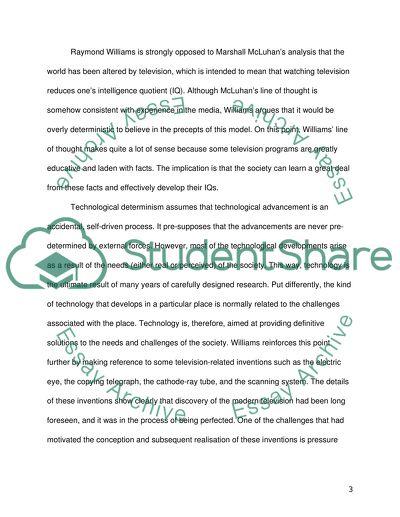Cite this document
(“Media Technologies and convergence Raymond Williams Essay”, n.d.)
Retrieved from https://studentshare.org/journalism-communication/1464884-media-technologies-and-convergence-raymond-williams
Retrieved from https://studentshare.org/journalism-communication/1464884-media-technologies-and-convergence-raymond-williams
(Media Technologies and Convergence Raymond Williams Essay)
https://studentshare.org/journalism-communication/1464884-media-technologies-and-convergence-raymond-williams.
https://studentshare.org/journalism-communication/1464884-media-technologies-and-convergence-raymond-williams.
“Media Technologies and Convergence Raymond Williams Essay”, n.d. https://studentshare.org/journalism-communication/1464884-media-technologies-and-convergence-raymond-williams.


